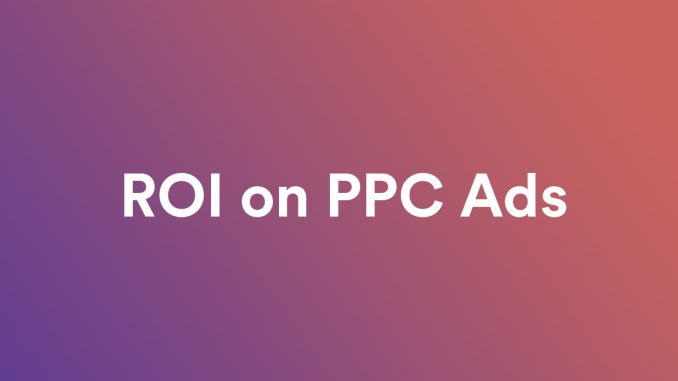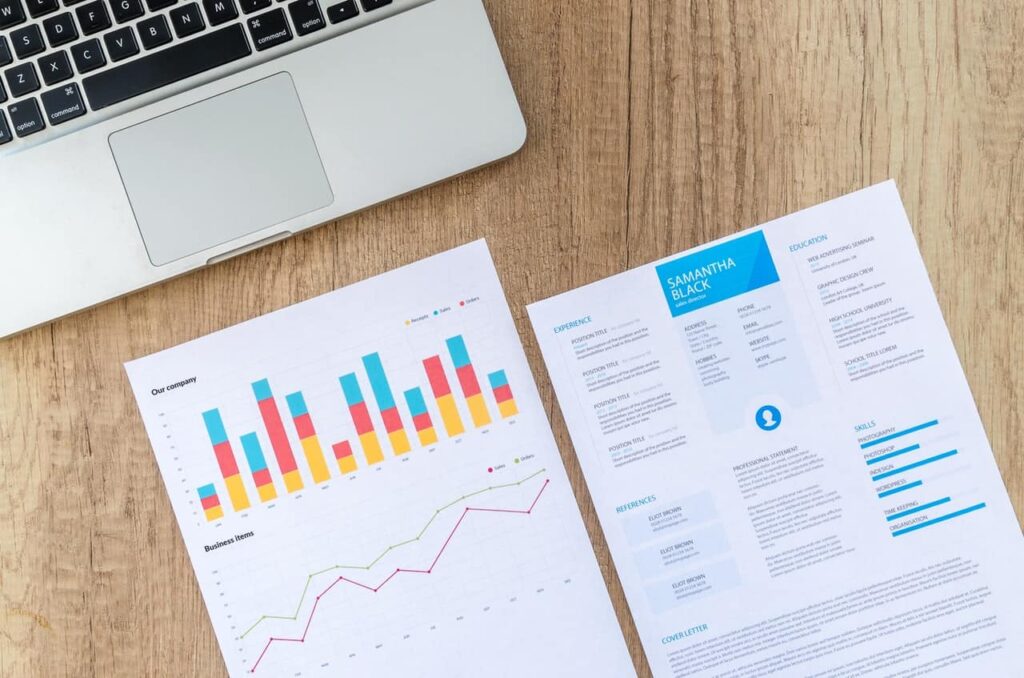
Estimating the return on investment (ROI) of paid search is a critical factor in deciding whether to invest more money into this channel. These estimations can often be found by looking at previous years’ ROI. However, this method is severely flawed because the paid search landscape changes every year.
As paid search becomes more competitive and advertisers become savvier on how to improve their campaigns, it’s inevitable that the performance of PPC campaigns will continue increasing over time. For this reason, it is important to understand how paid search performance can vary and how it is influenced.
We use the concept of a learning curve to do this and we break down the factors that influence an individual’s learning curve, called ‘S’ curves, into bite-sized chunks so they’re easier to digest and apply in your PPC campaigns.
The forecasted change in return on investment for paid search can be described as a learning curve because as advertisers learn from their mistakes and as the competition gets stiffer, performance increases.
In this guide, we explore some of the key factors that influence how quickly your PPC campaigns will improve over time, including:
Average Position The number of competitors Quality Score Bids
We’ll also walk you through the calculations needed to predict the return on investment for paid search in 2021.
What is a learning curve and how does it influence the ROI of PPC campaigns?

A learning curve is a term used in the field of economics to describe how quickly individuals learn from their mistakes. A well-known example of this is when digital marketers are faced with new PPC campaigns, they often make mistakes at first which cause them to lose money. Eventually, they start making fewer mistakes and begin to get better results, which ultimately leads to an increase in their return on investment (ROI).
Factors that influence an individual’s learning curve
The individual learning curve of a PPC advertiser can be influenced by many factors.
We have broken these factors into two main categories – internal and external factors.
Internal Factors
Internal factors are things that you, as the paid search marketer, can control to improve your performance.
These include areas such as the speed at which the advertiser responds to new information, how often they are exposed to new knowledge, and their ability to use this knowledge in practice.
External Factors
External factors are out of your direct control. External factors can influence your internal factors when you try to improve your performance. One example is if a competitor cuts their bids, this will cause your average position to decrease as well, as a result of your ad appearing lower than theirs in the SERPs.
How to calculate ROI for your PPC campaign
First, we need to determine the average daily spend and ad position for each month.
Here, we explain exactly how to do this:
Step 1: Decide which time frame to use for your campaign. Let’s say we’re going to look at a 12-month period (Jan 2020 – Jan 2021).
Step 2: Calculate the average position for each month. To do this, add the rank of your ad in the top spot to twice the ranks in the second spot, three times the ranks in the third spot, four times the fourth, and so on until you have added up all your ranking ten times.
Now, divide the sum of all rankings by the number of months you are looking at to find your average position for that period.
We can see here that the average position increased over time, due to the learning curve.
Step 3: Calculate your daily spend for each month in your chosen time frame by adding up the total amount you spent for all days in that month, then dividing this by 31 (the number of days in the month).
Step 4: Calculate your daily spend in 2021 by taking the average daily spend for each month over the next 12 months, multiplying by 12 to get an annual figure.
Now that we have an idea of how much it costs to run a campaign in the future and also the average position you need to achieve this, we can make a fairly accurate estimate about what your ROI will be in 2021.
If you are bidding on keywords that are low volume, but high value, then your return may have increased even more dramatically by 2021 due to the impact of long-tail traffic. However, if you are paying for keywords with a higher cost per click (CPC) and lower impression share, then it is very unlikely that you will see an ROI increase.
Conclusion
A PPC advertiser’s learning curve can be significantly improved by adjusting the way they work. By making a conscious effort to improve each of the internal factors listed above, marketers will see greater benefits from their paid search campaigns over time. External factors will remain outside your direct control, but there are ways you can take advantage of these variables for your benefit. For example, if you decrease your bids and increase their average position, then they will receive more long-tail traffic from highly valuable keywords.

Be the first to comment